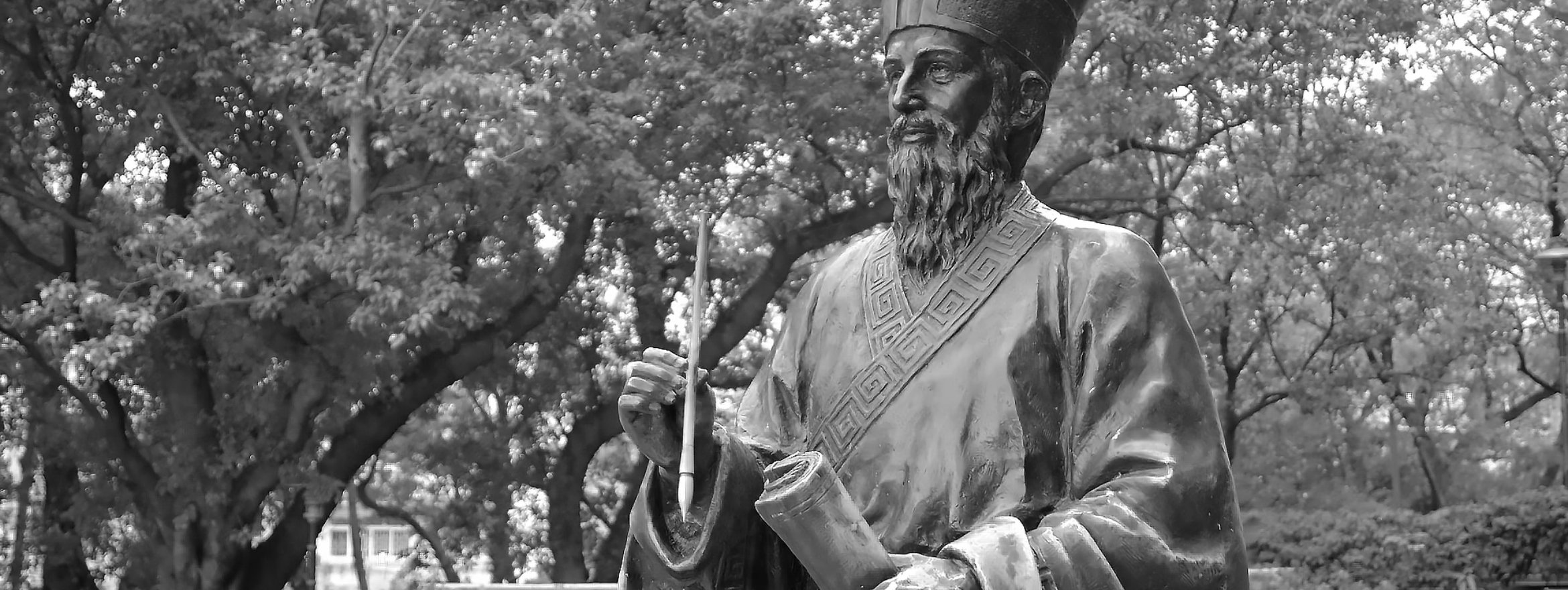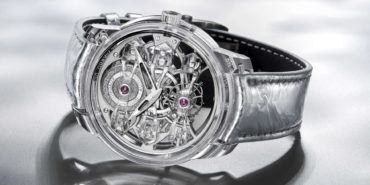Cultural Perspectives • 10 Jul 2019
Luxury Timepieces – Key to the Gates of the Eastern Empire (Pt. 1)
Who was the first Westerner Invited to the Forbidden City?
Modern mechanical timepieces were introduced to China from Europe during the late Ming Dynasty (1368-1644) when Italian Jesus Priest Matteo Ricci brought two gifts – a big and a small chiming clock sounding the hour and the quarter – to Emperor Wanli (1572-1620). These two clocks successfully amused the last Ming Emperor, and soon after that, collecting European clocks and watches became a trend at the Ming court. Ricci, at the same time, became the first Westerner who was invited to the Forbidden City and gained access to the highest reaches of Chinese society.
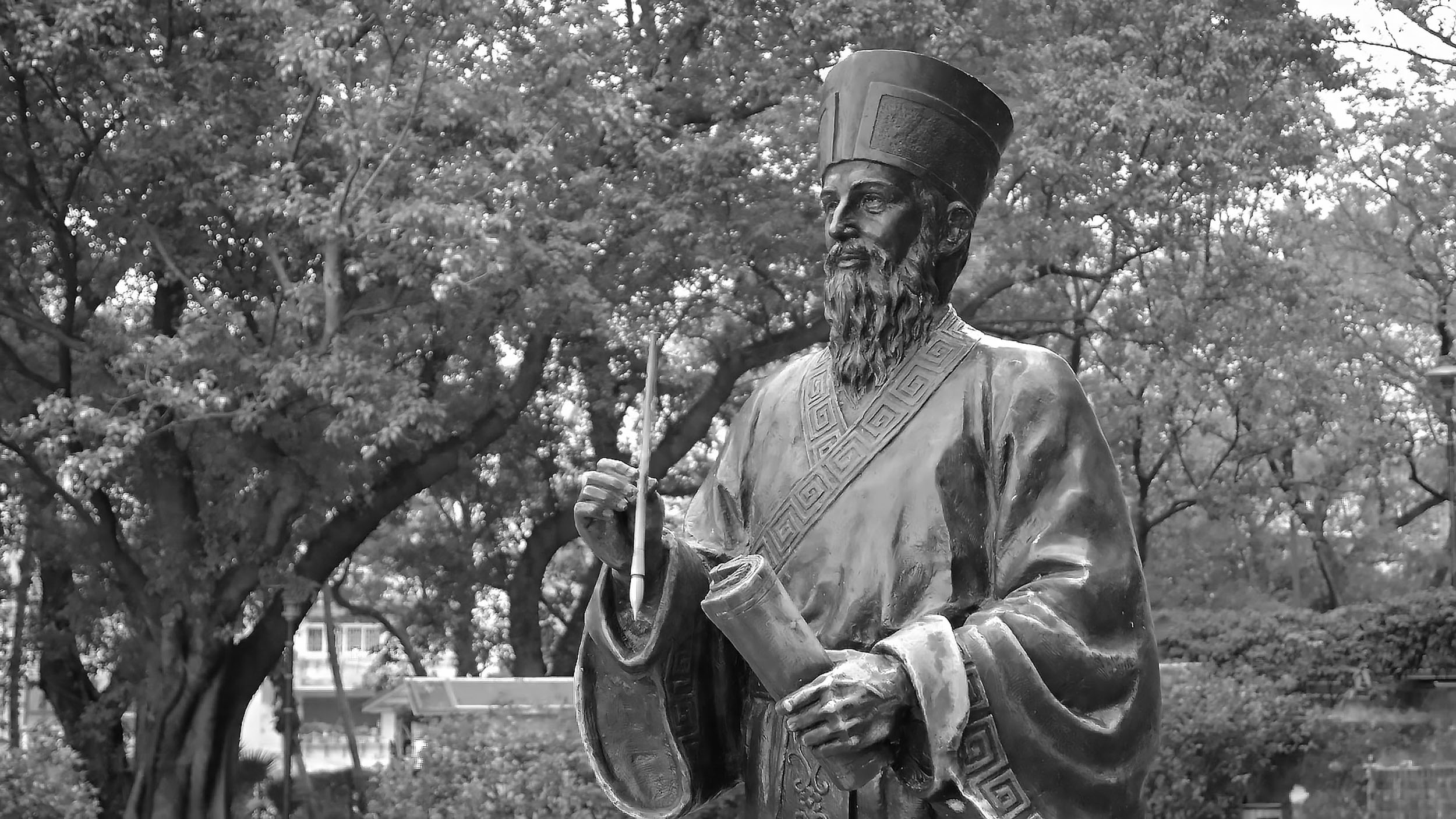
Ricci’s story and news of the Chinese Emperor’s interest in collecting timepieces rapidly made its way to Europe. As a result, more clocks and watches in different sizes and styles were created exclusively for the Chinese royal family. In the early stage, these objects were only manufactured in Europe and in limited numbers. With the increased demand for lavish clocks in the Chinese court, hundreds of Chinese craftsmen were employed to imitate of Western clocks for the emperor. Concurrently, European horologists and automata makers were requested to contribute their knowledge to improve the quality of Chinese clocks. This was just the beginning of an intense interest in horology in China.
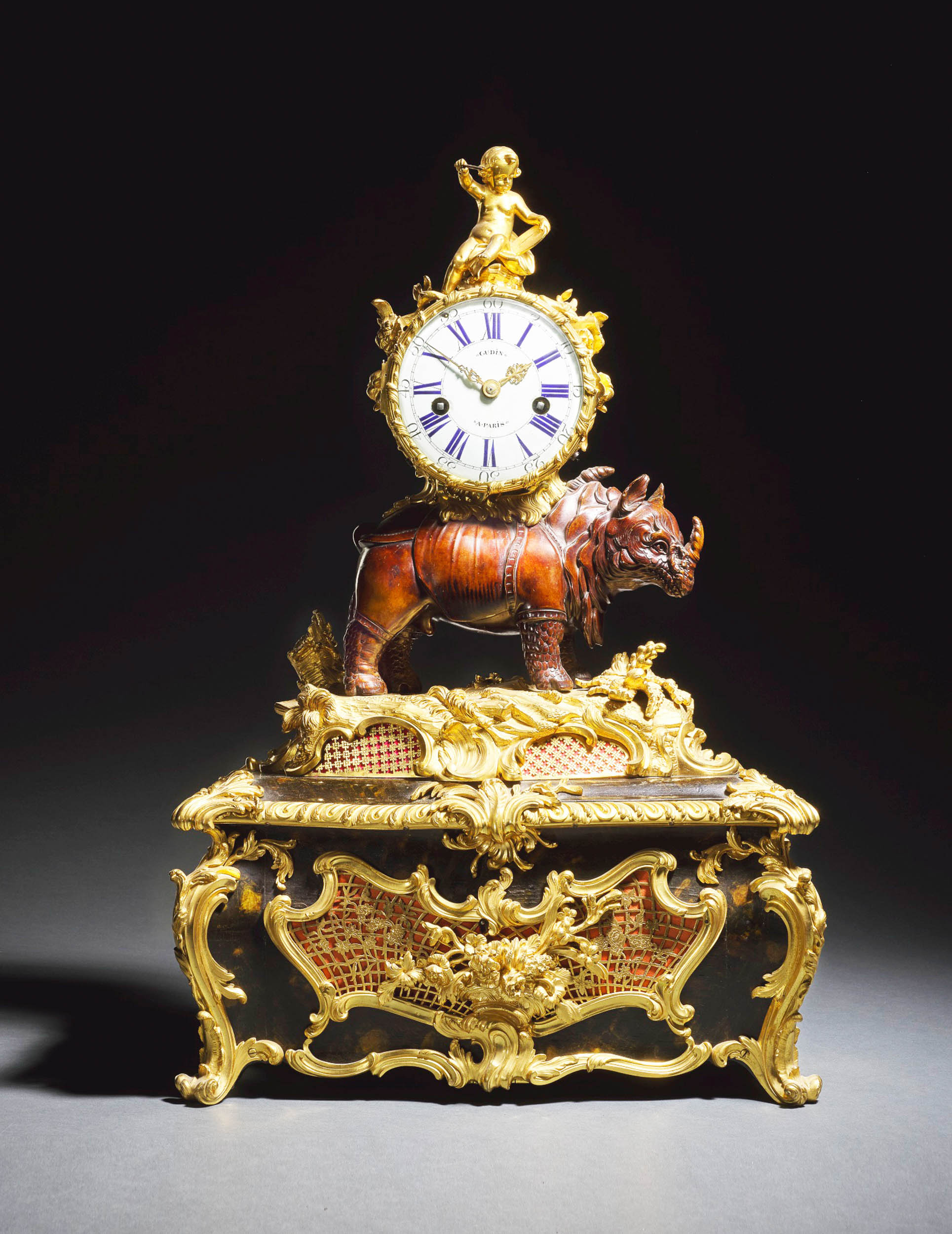
Exquisite Clocks Lured Four Generations of Chinese Emperors
China’s fascination with luxury timepieces deepened over the first four Qing Dynasty (1644-1911) Emperors – Shunzhi, who reigned from 1644 to 1661, Kangxi (1662-1722), Yongzheng (1723-1735) and Qianlong (1736-1795), and reached at its height popularity in the second half of 18th century, the Golden Age of the Qing Dynasty – Kangxi and Qianlong periods.

Although many timekeeping instruments such as sundials and water clocks had already been widely used in China, Western clocks were more accurate in telling time, came in different designs and sizes and were richer in artistic value. Besides, combining with a variety of functions such as chiming, automata and music, these exquisite clocks also revealed the sophistication of Western mechanical clockmaking. While the Western clockmaking was an important representation of modern technological development, most of the Chinese aristocracy regarded these clocks as social status symbols, decorative objects and personal ornamentation.
Clock Workshop in the Forbidden City
Well known for the interests of arts, Emperor Shunzhi accumulated enormous collections of decorative art items and lavish clocks with both Western and Eastern styles. Therefore, when Emperor Kangxi acceded to his throne from his father Emperor Shunzhi, the Forbidden City had already filled with imitations of Western clocks. In addition to collecting clocks, Kangxi also showed his great interest in learning how to make clocks.
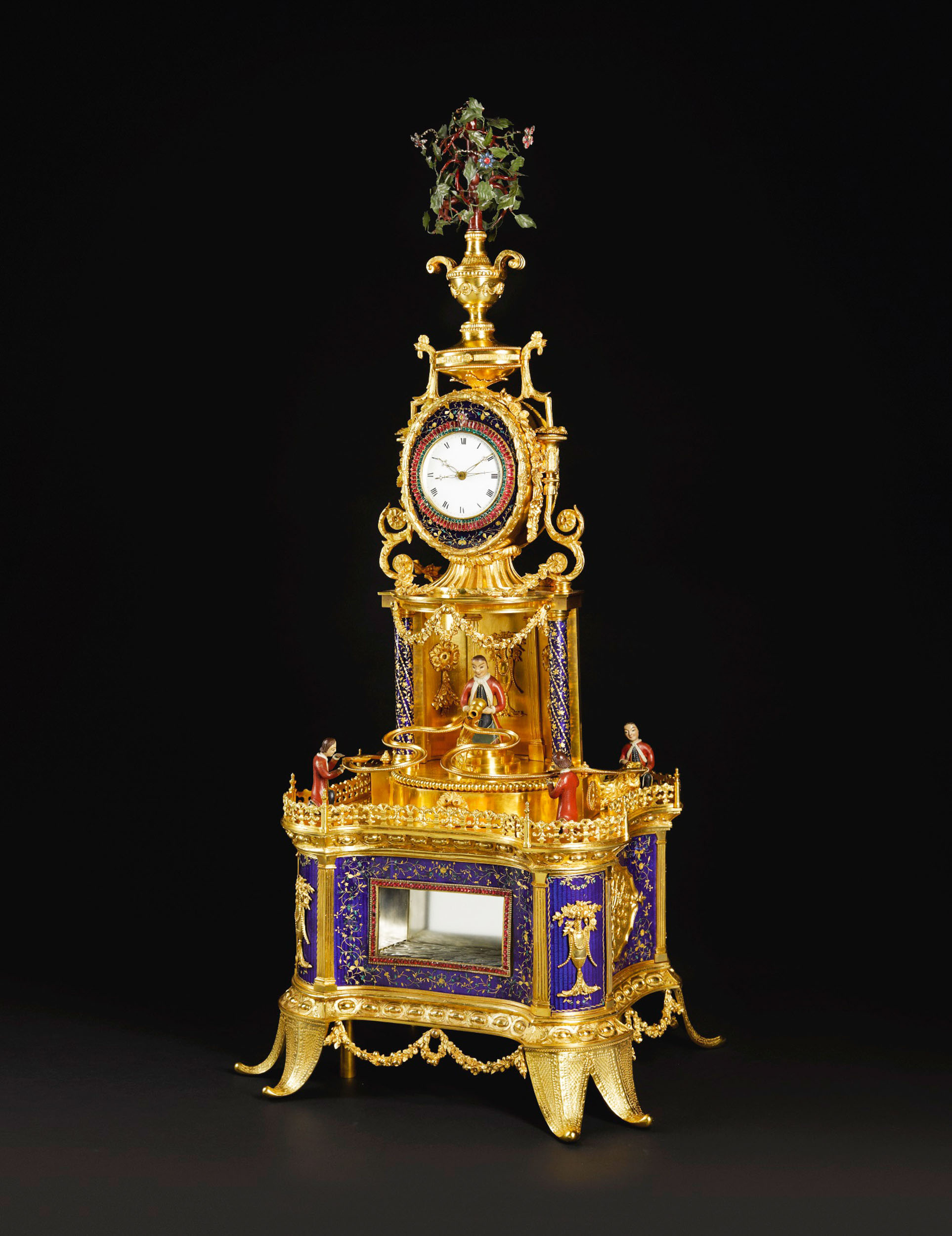
In order to acquire the theory and practical aspects of clock making, he even established two bureau – a Bureau of Clock Making and a Bureau of Chiming Clock within the Forbidden City in 1671 (the 11th year of his reign). Clocks manufactured in the Bureau of Clock Making were known as imperial clocks, commissioned by the empire. These clocks were made of best quality materials and decorated with enamel objects, pearls and engravings. Craftsmen were asked to have reproduced the Western timepieces with Eastern auspicious motifs, such as lotus, guard, crane, and elephant.
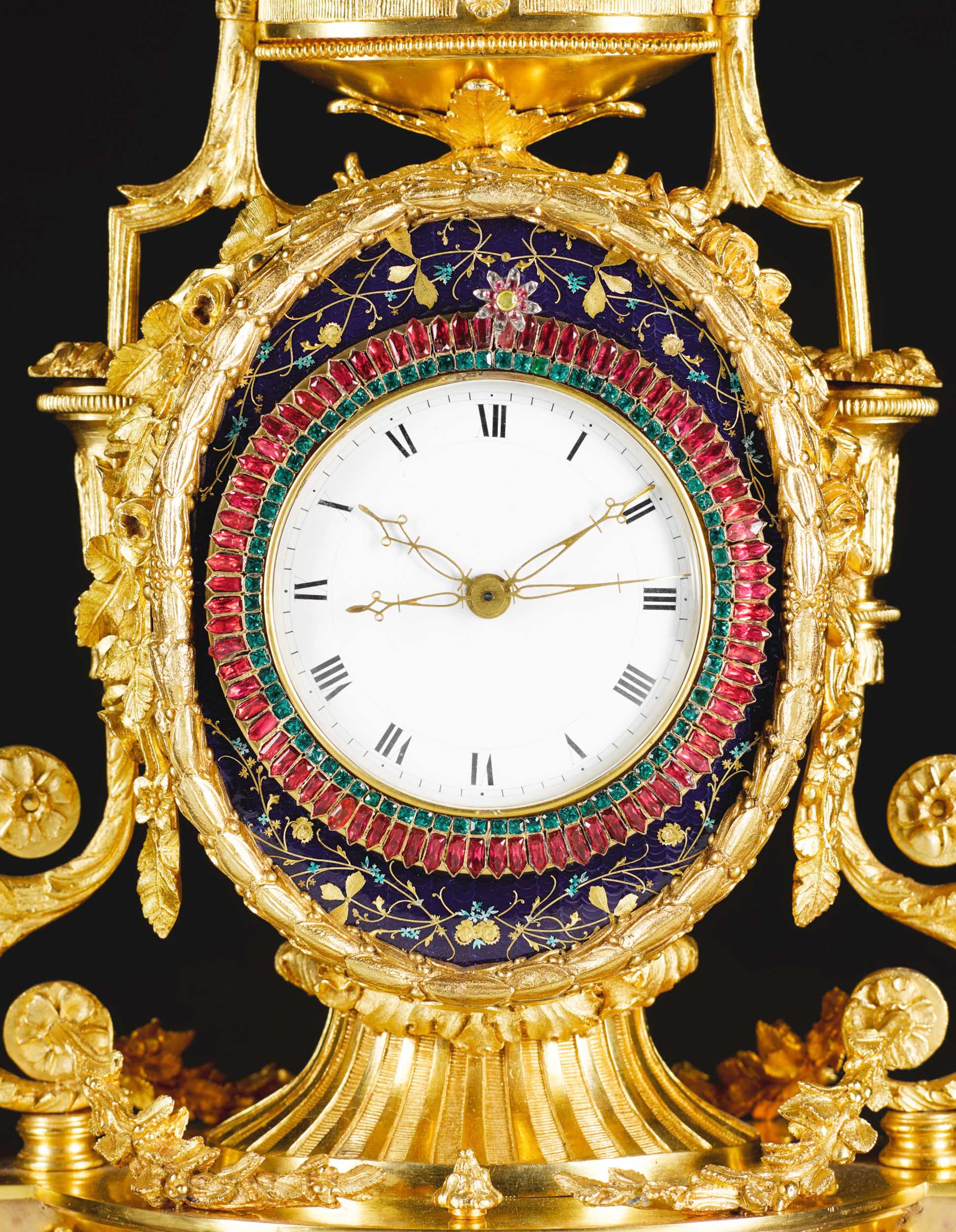
In 1723, the 10thyear of Emperor Yongzheng’s reign, the Bureau of Clock Making became a department that produced, restored, maintained, and authenticated clocks made in the Forbidden City. The Bureau of Chiming Clock was dedicated to clock’s conservation and restoration and had remained its location to store clocks and other timekeeping instruments.
The Hope of Inheriting an Interest in Horology
Emperor Kangxi hoped that his interest in horology could be passed to his heirs and presented his each of his children with several chiming clocks. His son In Jen, who would come to rule as Emperor Yongzheng respected these objects, and interestingly, his grandson Emperor Qianlong was a greater devotee of chiming clock and had developed a strong interest in the products of Western culture.
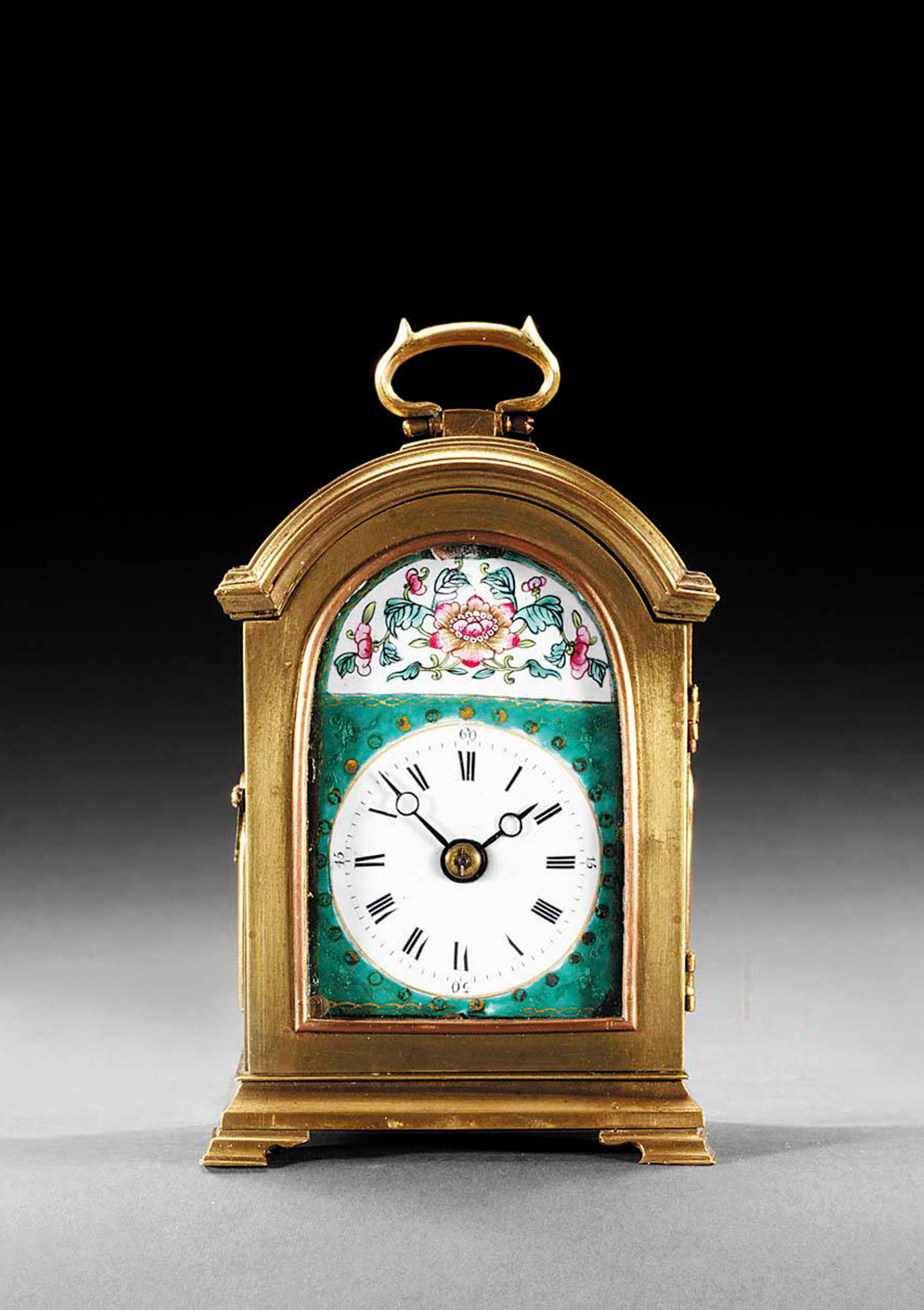
In the next part, I will dive into the vast collection of Emperor Qianlong’s clock and watch collection. Highlighting how clockmaking came to represent the prevailing artistic movements of the time.



